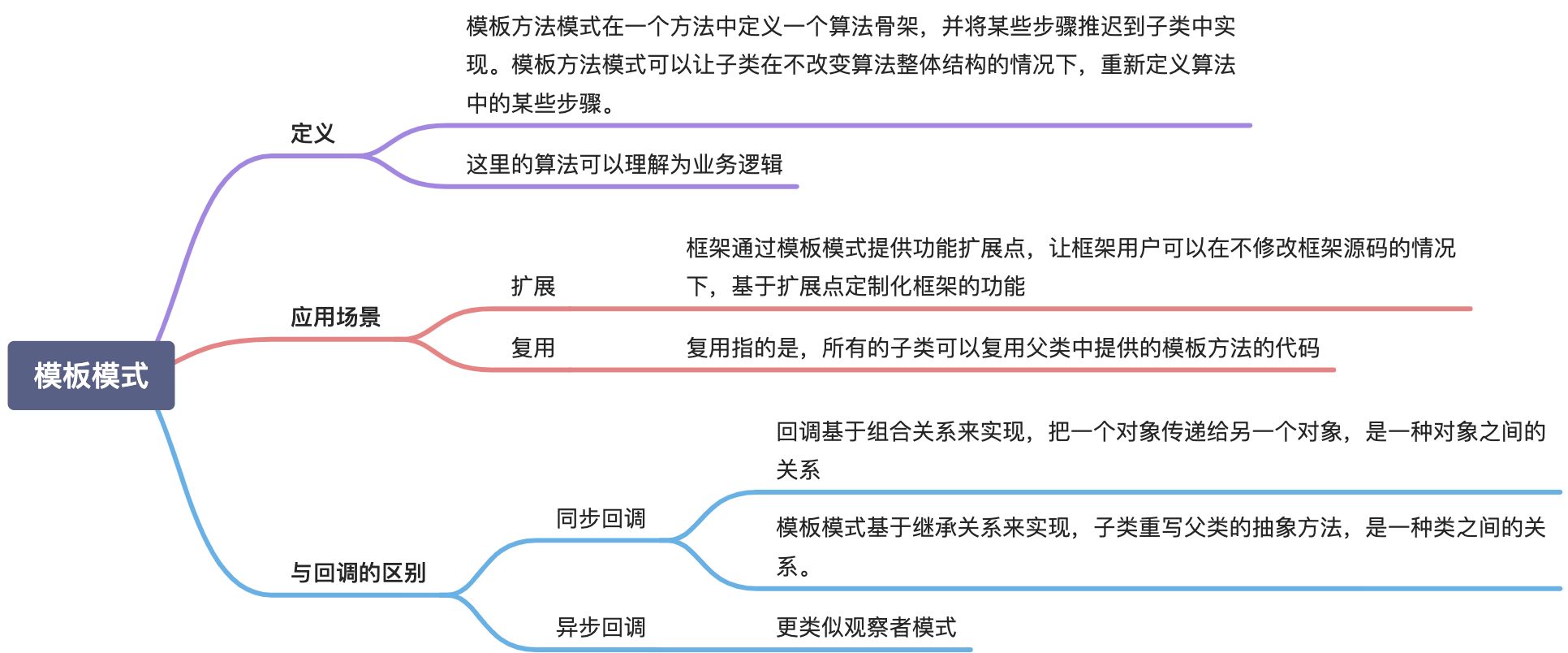注:本文已发布超过一年,请注意您所使用工具的相关版本是否适用
序
笔记

代码实现
举个 🌰,假设我现在要做一个短信推送的系统,那么需要
- 检查短信字数是否超过限制
- 检查手机号是否正确
- 发送短信
- 返回状态
我们可以发现,在发送短信的时候由于不同的供应商调用的接口不同,所以会有一些实现上的差异,但是他的算法(业务逻辑)是固定的
Code
1
2
3
4
5
6
7
8
9
10
11
12
13
14
15
16
17
18
19
20
21
22
23
24
25
26
27
28
29
30
31
32
33
34
35
36
37
38
39
40
41
42
43
44
45
46
47
48
49
50
51
| package template
import "fmt"
type ISMS interface {
send(content string, phone int) error
}
type sms struct {
ISMS
}
func (s *sms) Valid(content string) error {
if len(content) > 63 {
return fmt.Errorf("content is too long")
}
return nil
}
func (s *sms) Send(content string, phone int) error {
if err := s.Valid(content); err != nil {
return err
}
return s.send(content, phone)
}
type TelecomSms struct {
*sms
}
func NewTelecomSms() *TelecomSms {
tel := &TelecomSms{}
tel.sms = &sms{ISMS: tel}
return tel
}
func (tel *TelecomSms) send(content string, phone int) error {
fmt.Println("send by telecom success")
return nil
}
|
单元测试
1
2
3
4
5
6
7
8
9
10
11
12
13
| package template
import (
"testing"
"github.com/stretchr/testify/assert"
)
func Test_sms_Send(t *testing.T) {
tel := NewTelecomSms()
err := tel.Send("test", 1239999)
assert.NoError(t, err)
}
|
关注我获取更新
猜你喜欢



